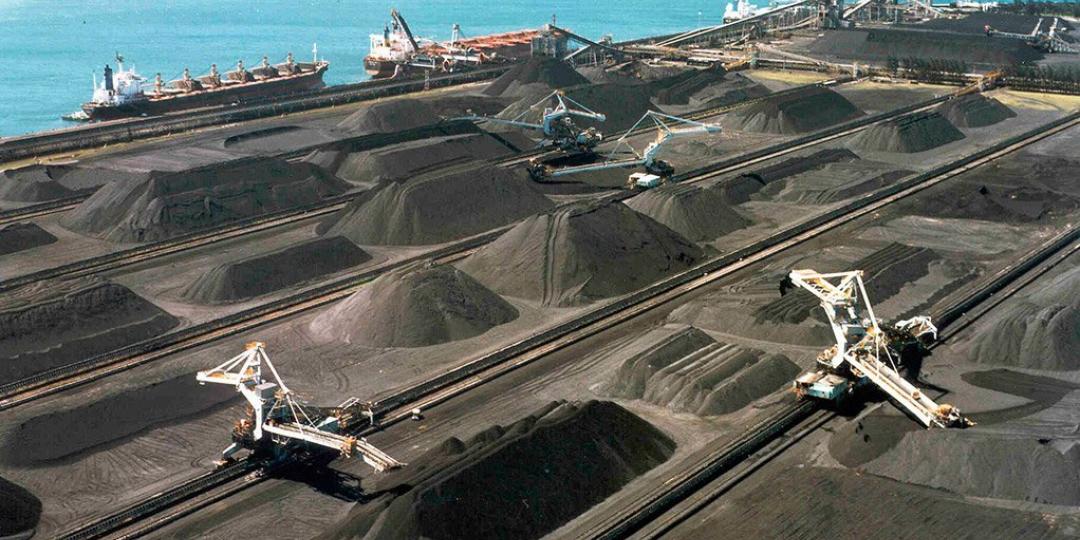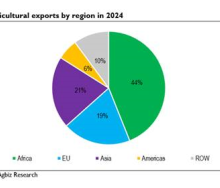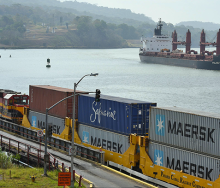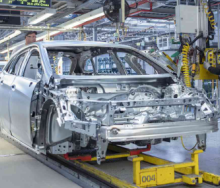All indications are that December’s predictions of historically high coal consumption in Europe and Asia are on course not only to prove true, but to continue into 2023 on the back of resurging fossil fuel energy demand out of Europe and Asia.
This has emerged after the International Energy Agency (IEA) said in its Coal 2022 report that output was on track to increase by 1.2% – an all-time high for the much-maligned power resource.
In terms of volume, the surge in coal exports from producers like South Africa translates into eight billion tonnes, a figure never before recorded in global coal use.
In Europe alone, where cleaner alternatives to fossil fuel have been dominating consumption, last February’s outbreak of the conflict in Ukraine and resulting gas outflow constraint out of Russia have resulted in widespread re-reliance on coal.
This fossil fuel fall-back has, together with sustained demand out of Asia, pushed coal demand by 2%.
Moreover, should a cessation of hostilities in Ukraine result in the resurgence of gas power in Europe, it’s predicted that coal demand in Asia will sustain output beyond next year into 2025.
This comes despite the best efforts by leading economic interests to decarbonise global energy use through climate change conventions like November’s COP 27 conference in Sharm El Sheikh.
The surge in coal exports from major producers like South Africa was especially evident during December, when volumes transported by road to the coal terminal at the Port of Richards Bay caused serious congestion on major highways.
Not even Transnet’s busy North Corridor line to the port, netting about R880 million daily in foreign exchange when used at full capacity, could bring relief to traffic on the N17 out of southern Mpumulanga towards the N2 in northern KwaZulu-Natal (KZN).
Families heading to summer holiday destinations like St Lucia on the northern KZN coast complained of taking three hours and more to drive the 90-kilometre stretch between Piet Retief and Pongola where coal tippers had appropriated the single-lane road, often taking up two lanes and going over the road’s shoulder and into the oncoming lane.













